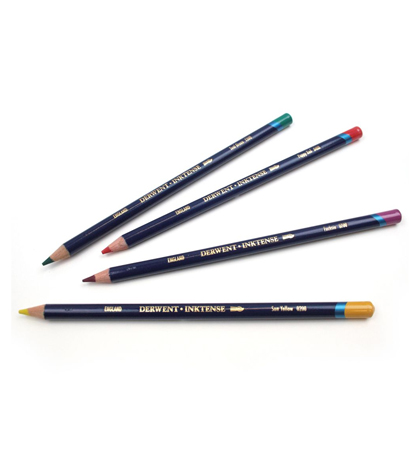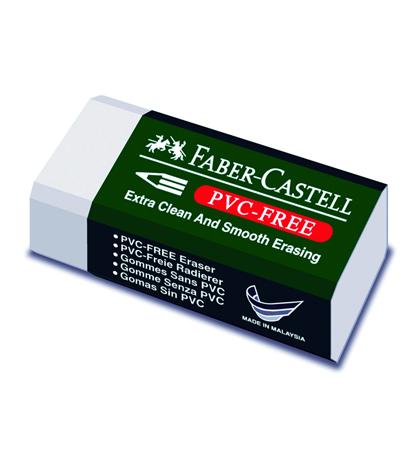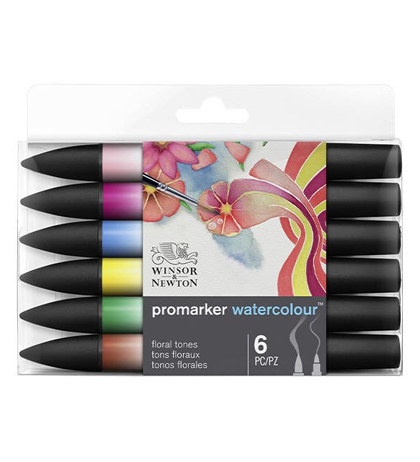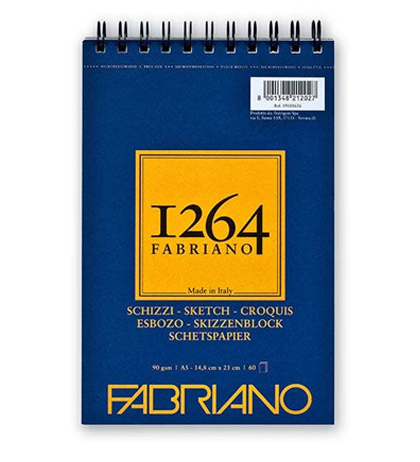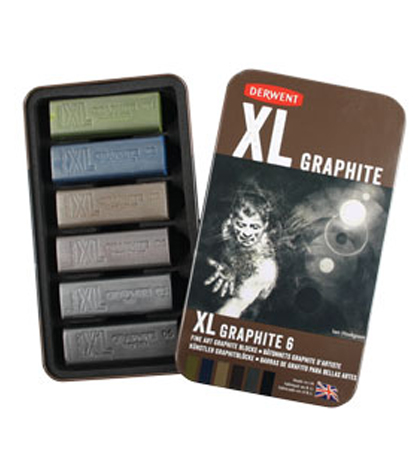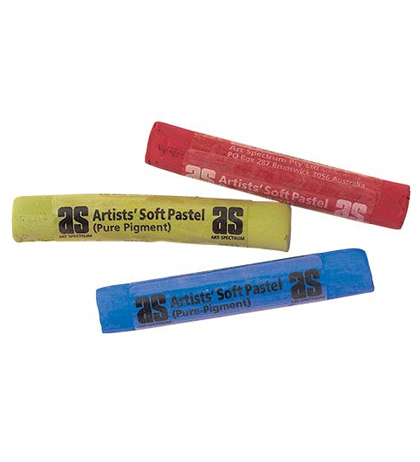14 Drawing Techniques Every Artist Must Know
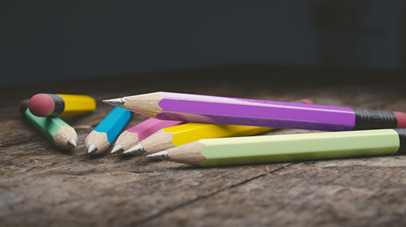
Discover your artistic potential with these indispensable drawing techniques! Perfect for both novice and experienced artists, our guide unlocks the secrets to achieving breathtaking drawings. Be awed by your own creations as you delve into the world of basic drawing techniques like shading, and level up with advanced line control tips. You’ll have all the know-how needed to bring any object or scene to stunning life in no time!
Introduction
The skill to draw is not just essential but fascinating for anyone with a passion for art. It's the crucial building block from which all other forms of art are formed, and mastering the fundamentals will enable one to create exquisite works of art that can be shared with the world. By understanding the elements of drawing—such as line, shape, value, colour, and texture—anyone can develop a strong knowledge base to build upon when creating stunning works of art.
Basic Drawing Materials You'll Need
To get started with drawing, you'll need a pencil, paper, and erasers; however, if you want to take your art to the next level, consider investing in additional materials like paints, pens, markers, and more. For those with a smaller budget and limited experience, the basics include a sketchbook, pencils or charcoal sticks, erasers, and blending tools.
For larger budgets and more experienced artists, it’s worth investing in higher quality supplies such as watercolour paper and artist-grade pens like Copic markers or Prismacolor coloured pencils. Additionally, for advanced shading techniques, you may want to look into investing in graphite sticks or oil pastels. With this item at your disposal, you’ll be able to explore any drawing technique imaginable!
Drawing Techniques: Tips and Tricks for Every Artist
Drawing is a versatile form of art that can represent both realistic and abstract visuals. Artists, both professionals and amateurs, use various techniques to create their works, and mastering these techniques requires practice and experimentation. Here are some of the basic and advanced drawing techniques that beginners can learn to improve their drawing skills.
1. Gesture Drawing
Gesture drawing is a technique used to capture the movement of subjects in quick strokes, allowing artists to practise drawing movement without worrying about fine details. It is especially useful for drawing people or animals.
2. Contour Drawing
Contour drawing involves using a continuous line to capture the edges of a subject. This technique is useful for drawing objects that have defined shapes, such as still life or landscapes. The goal is to create an outline of the subject without lifting the pencil from the paper.
3. Cross Hatching
Cross Hatching is a technique used to create depth, shading, and texture in a drawing by drawing parallel lines in multiple directions. Artists can vary the pressure and direction of the lines to create different effects.
4. Stippling
Stippling is a technique used to create shading and texture in drawings by creating small dots. It is tedious but produces highly detailed results, making it ideal for drawing insects, animals, and other intricate subjects.
5. Sketching
Sketching is a preliminary drawing skill used to map out the subject's proportions, form, and composition. It uses light pencil strokes so that it can be easily revised and refined using erasable pencils.
6. Shading
Shading is a technique used to create depth and volume in drawings. It involves filling the shadows with dark strokes, and then gradually layering lighter ones to add contrast. Beginners can practise shading by starting with basic shapes and working up to more complex forms.
7. Blending
Blending is a technique used to create seamless gradations of values, often seen in portrait art. It involves smudging the surface with a blending tool or fingertips, and artists can use various tools such as brushes, tissue paper, or tortillons to achieve their desired effect.
8. Scribble
Scribble is a technique that involves sketching and shading in quick, irregular lines. Artists can use this technique for creating texture, shading, and rough surfaces.
9. Back and Forth
Back and forth is a technique that involves making rapid back-and-forth strokes to add depth and tone to a drawing. This technique is used to create smooth and continuous textures and gradients.
10. Hatching
Hatching is a technique that involves creating parallel lines of varying length and weight on the paper to create shading, texture, and contrast. Artists can use this technique to create different shading effects by varying the length, thickness, and direction of the lines.
11. Free Hatching
Free hatching is a variant of hatching that involves using rapid, irregular lines that follow the form of the subject. This technique creates texture and depth on the surface of the drawing.
12. Tonal Scribbles
Tonal scribbles involve creating texture and shading by scribbling lines over areas of a drawing. This technique can be used to create detail and texture on hair, fur, and clothing.
13. Dots
Dots is a technique for creating texture and shading in drawings by forming dots on the paper. This technique can be used to create a smooth gradation of colour or a stippled texture.
14. Smudging
Smudging is a technique that involves using a tool or finger to blend pigments on the surface of the paper to create soft transitions from one colour or tone to another.
These are just some of the drawing techniques that beginners can learn to improve their skills. By mastering sketching, shading, blending, and cross-hatching techniques, artists can create stunning pieces that convey depth, contrast, and texture. Remember, practise and experimentation are critical to developing your style and technique, so don't be afraid to try new things and make mistakes.

Derwent Graphic Pencils
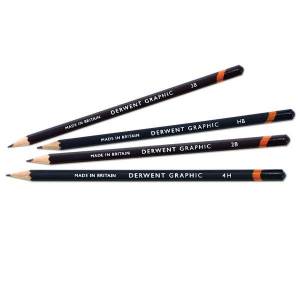
ONLY $3.20
Conte A Paris Sketching / Life Drawing Pencils

FROM $3.70
Faber-Castell Pitt Graphite Pencils
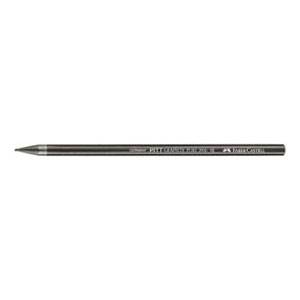
ONLY $6.60
STAEDTLER Mars Lumograph Pencils
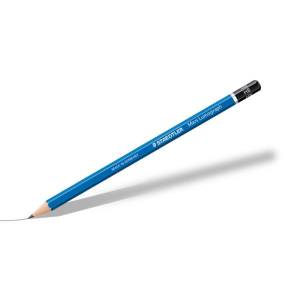
ONLY $3.15
Getting Started with Drawing
How to hold your pencil and make marks on paper
One of the most essential skills to develop when the drawing is holding your pencil correctly. To do this, hold a pencil between your thumb and index finger with your other fingers lightly curled around the shaft as support. Try to keep your wrist relaxed, just above the paper. From here you can press onto the paper with varying amounts of pressure to create different marks.
Remember that if you want to achieve lighter tones or shades in your drawings, using less pressure on the page will help you achieve these subtle changes. On the other hand, if you need more intense colour or deeper lines, work harder and press down more with your pencil!
Understanding Drawing Line and Shape
Drawing shapes, forms, and lines is the foundation of any drawing. A line is a continuous mark made on a surface by a moving point, and a shape is an enclosed line or defined area that can be used to create images. Shapes can be organic or geometric, and understanding how to draw both accurately plays an important part in creating art.
When drawing shapes, it's important to be aware of proportion, size, angles, and curves, as they all contribute to the illusion of depth and form. When working with lines, you should focus on the direction, texture, rhythm, and energy that they produce. Working with both properly will help bring life to your artwork!
Drawing Shading and Textures
Creating depth and dimension in your drawings is important to make them look realistic and more visually appealing. To do this, you can use overlapping objects and perspective lines, as well as add lighting effects. This can be done by varying the thickness of lines, using lighter and darker tones, or using hatching and cross-hatching techniques.
Shading also plays an important role in creating depth, as it gives the illusion that an object has volume. There are many different types of shading techniques that you can use to create realistic shadows in your artwork.
Textures also play an important role in creating depth, as they give the illusion that an object is actually 3 dimensional. Different textures can be created by using different types of pencils, like blunt leads for rougher textures or softer pencils with sharp tips for smoother ones. You can also add texture to your drawing by varying your pressure when shading with a single pencil.
This will help add extra realism to your artwork!
Drawing Proportions and Perspective
Drawing accurately and proportionally is an important skill to have when creating artwork. Proportional drawings will appear more realistic than those that are not correctly measured, so getting the measurements right is essential.
A ruler can be used to measure lengths and distances accurately, while a grid can help you size up objects relative to each other. Both of these tools will help you make sure your drawing is proportional and looks realistic.
Another way to draw accurately is through perspective drawing. Perspective drawing involves using lines to create the illusion of three-dimensional space on a two-dimensional surface. It’s important to use perspective lines when drawing in order to create depth and accurate proportions in your artwork.
Drawing Composition and Creativity
Paying attention to composition is key when it comes to creating artwork since it affects the overall aesthetic of your drawing. When composing a drawing, it’s important to consider the elements you want to include, as well as their placement in the composition. For example, you can use a grid or negative space to create different types of compositions.
Making creative choices is also important when composing a drawing. This can involve experimenting with different shapes and lines to create interesting patterns and designs. Adding colours, textures, shading, and lighting effects can create an impactful and interesting piece of art. Exploring different styles and techniques is also helpful when crafting artwork. From abstract designs to photorealistic renderings, there is always something new for you to explore! Taking inspiration from other artists can help spark new ideas - do some research online or look through books and magazines for fresh artworks and styles that inspire you.
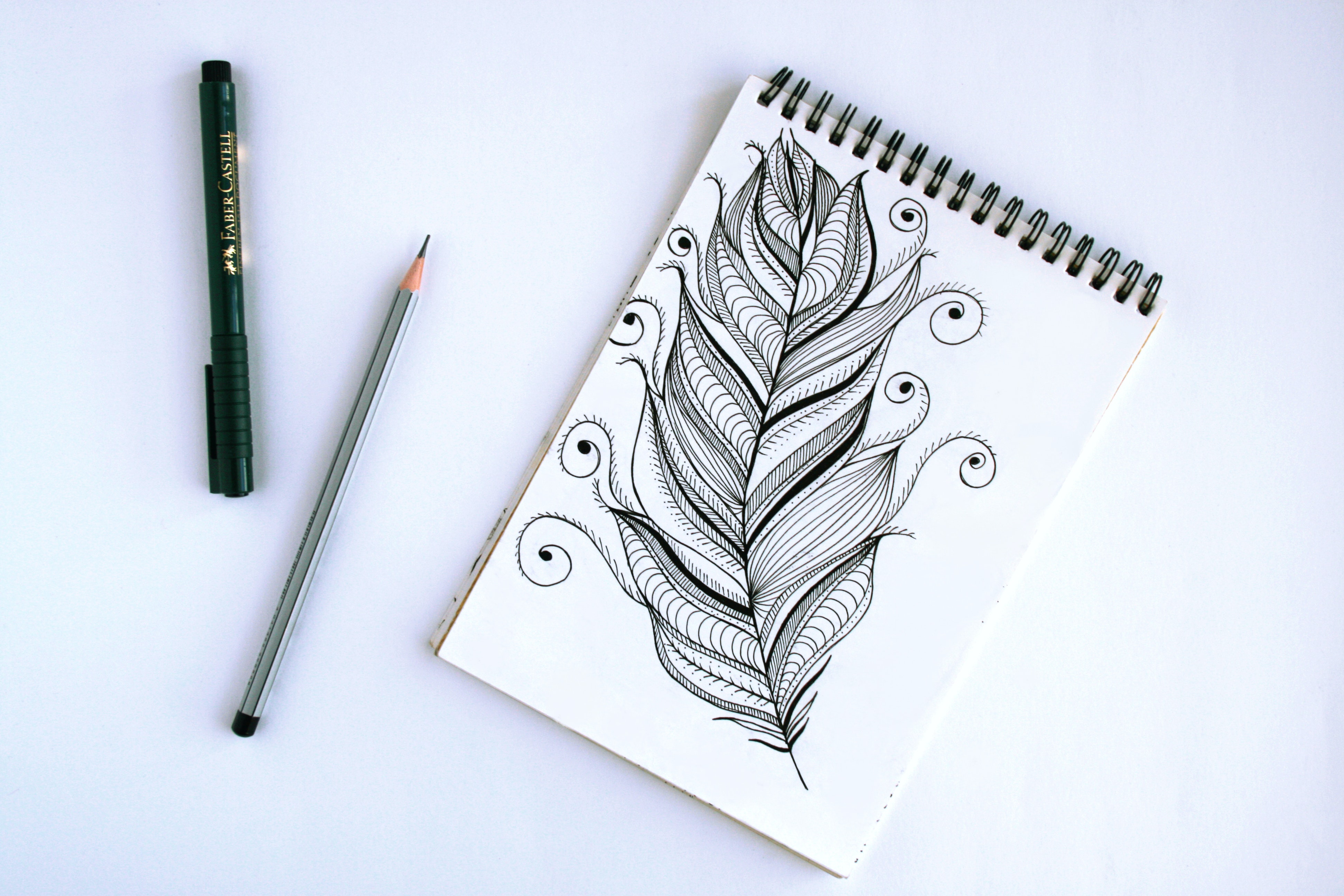
Different Drawing Styles for Inspiration
Drawing can be a great outlet for expressing creativity and bringing unique visions to life. There are many different drawing styles out there, each with its own unique characteristics that make it special. From minimalistic sketching to highly detailed portrait drawings, there is always something new to explore. Here are just a few of the different drawing styles you can use to inspire your next work of art:
Still Life Drawing
Still life drawing requires careful observation and accuracy when capturing the detail and composition of objects. It’s also a great way to experiment with colours and light in order to craft a captivating image.
Portrait Drawing
Portraits are fantastic ways to express emotion and personality within artworks. By learning how to draw faces accurately, you will be able to create lasting memories of people or moments from your life.
Abstract Art
Whether it's abstract painting or sculpture, abstract art allows for limitless imagination and exploration. This type of artwork is more about creating interesting visuals than sticking strictly to realism, giving you freedom as an artist.
Comic-style illustrations:
Comic book illustrations involve combining shapes and emphasising line work in order to create exaggerated visuals that stand out from the crowd. It’s a great way to bring your favourite characters or superheroes from books or TV shows into reality on paper.
Fantasy Art
If you’re looking for something full of magical creatures and strange settings, then fantasy art is ideal for you! Fantasy art often involves using vibrant colours as well as whimsical figures and creatures, which provides lots of fun opportunities to flex your artistic muscles.
By understanding different drawing styles, you can find inspiration anywhere! So why not challenge yourself by trying something new? You might surprise yourself with what you can achieve!
Conclusion
Developing your drawing skills is essential before you start exploring different techniques and styles. Drawing, like any skill, takes time and practice to master.
When starting out, learn the basics of form, shape, and perspective - these are essential building blocks of good composition. Next, work on understanding light and shadow - this will give your drawings more depth and definition. Once you feel comfortable with the basics, move on to techniques such as shading, texture, and contour drawing.
As you improve your drawing abilities, don't be afraid to experiment with various techniques and styles to discover what works best for you. Push yourself to gain a better understanding of the possibilities that drawing can offer. Put aside a few hours each week just for creative experimentation - don’t be afraid to get creative! Even if something doesn’t come out exactly as planned, view it as an opportunity to learn something new.
FAQ on Drawing Techniques
Drawing is an art form that takes time and practice to master. Here are some frequently asked questions about drawing techniques:
Q: What are drawing techniques?
A: Drawing techniques are the methods and skills used to create different effects and styles in a drawing. They can include everything from the way a pencil is held to the use of shading, texture, proportion, and perspective.
Q: Why are drawing techniques important?
A: Drawing techniques are important because they form the foundation for successful drawings. By mastering basic techniques, artists can create more accurate and realistic drawings, as well as explore their creativity and develop their own style.
Q: What are some essential drawing techniques for beginners?
A: Some essential drawing techniques for beginners include learning to hold and control a pencil, practising basic shapes and forms, understanding shading and texture, and learning about proportion and perspective.
Q: How can I improve my drawing skills?
A: To improve your drawing skills, it's important to practise regularly and to seek out resources that can help you develop your techniques. This can include taking classes or workshops, studying the work of other artists, and experimenting with different materials and styles.
Q: Can anyone learn to draw?
A: Yes, anyone can learn to draw. While some people may have a natural talent for drawing, it is also a skill that can be developed and improved with practice and dedication.
Q: What materials do I need to start drawing?
A: You can get started with just a pencil, paper, and a few erasers. However, if you want more control over the details of your drawings, consider investing in more materials like paints, pens, markers, etc.
Q: How can I develop my own drawing style?
A: The best way to find your own unique style is to experiment with different techniques - try out various media and tools and see what works best for you! Additionally, study the work of other artists for inspiration.
Q: What techniques should I use for shading?
A: Shading techniques vary depending on the type of artwork you’re trying to create; however, some basic methods include hatching (using parallel lines), cross-hatching (using perpendicular or intersecting lines), or stippling (using small dots).
Q: Are there any mistakes to avoid when drawing?
A: Common mistakes include having proportions that are off balance or not paying attention to detail. To avoid these mistakes, take your time and pay attention to even the smallest details of your artwork.

